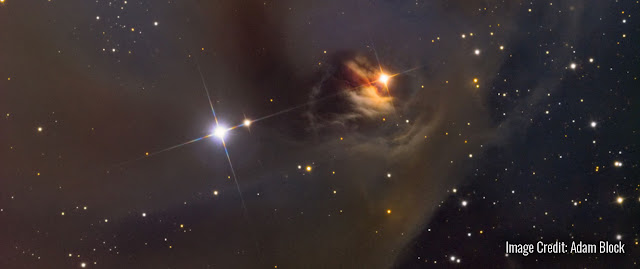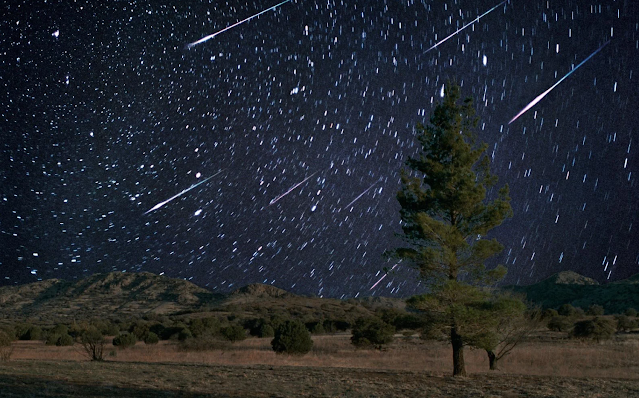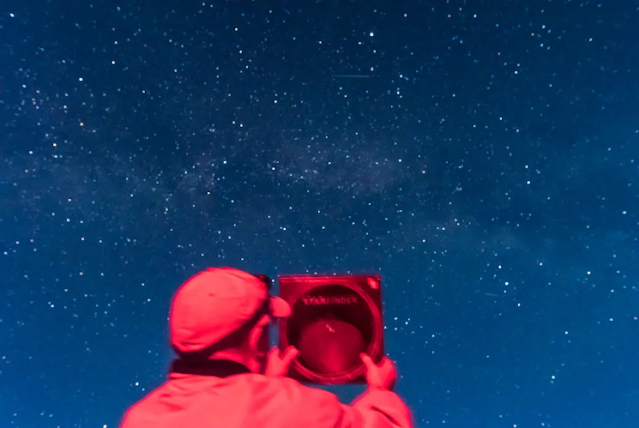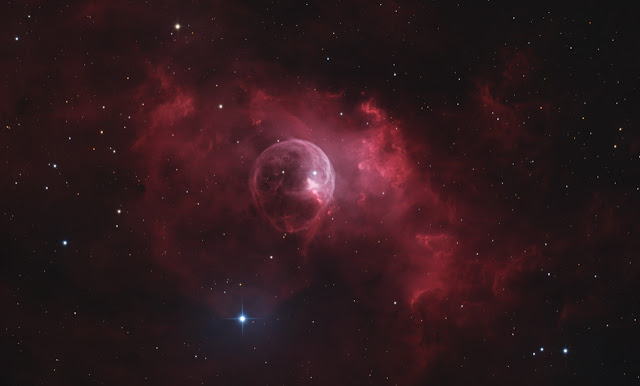Vital Contributors in Variable Star Research

Amateur astronomers make significant contributions to the field of astronomy, and their observations of variable stars serve as a valuable asset to the profession. Variable stars are celestial objects that exhibit periodic changes in brightness, and their study provides critical insights into stellar properties, evolution, and the larger universe. Amateur astronomers, with their passion and increasingly advanced equipment, offer a unique set of advantages in this domain, complementing the work of professional astronomers and expanding our understanding of these fascinating objects. One of the key advantages of amateur astronomers observing variable stars is their sheer numbers. The global community of amateur stargazers is vast, and their collective efforts result in a continuous stream of observations. This extensive dataset complements the work of professional astronomers, enabling them to monitor more variable stars than they could alone. The collaboration between amateurs and ...




